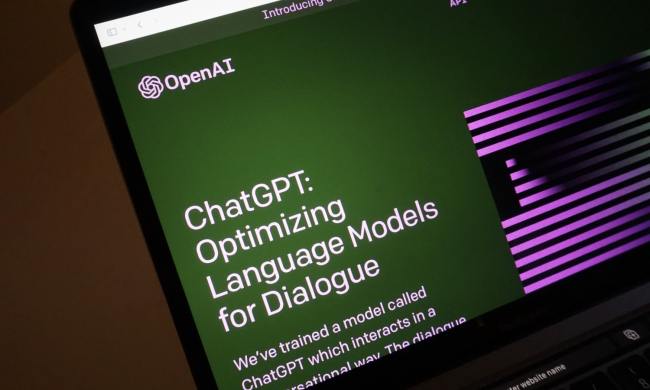Bing Chat is already one of the fastest and more reliable AI chat tools available, and Microsoft just made it more powerful with several significant upgrades.
Possibly the most valuable changes have to do with Bing Chat’s memory, allowing longer conversations. Previously, Microsoft limited how long you could chat with Bing before a fresh start was required to prevent a frightening AI meltdown. That has been extended, but Microsoft’s blog post didn’t share particular details.
Bing Chat itself told me there was no fixed limit to the length of our chat. The chat box still showed a 2,000-character limit in my testing, but I could paste a link and ask Bing to read it.

For example, I gave Bing Chat a link to a lengthy Wikipedia entry about the U.S. Constitution, and it was able to quickly summarize the contents. I asked Bing Chat about the length of the Wiki page, and it said it was about 17,000 words.
Microsoft also claimed performance has improved, particularly in the Edge sidebar, but I noticed no significant changes. Bing Chat has always felt fast, considering some of the tasks it’s presented with. The summary of a 17,000-word entry took about 15 seconds.

Other upgrades to Bing Chat include the ability to generate images in the sidebar and continue conversations after closing it or navigating to a new page. I asked Bing Chat for a charcoal drawing of a quokka, closed the sidebar, and opened a new tab with an image search. Then I tested its memory by instructing, “now do it as a super sharp color photo with bokeh lights in the background.”
Bing Chat quickly responded in the sidebar with four, adorable critters in front of charming bokeh-rich lights. The accuracy was spot-on, as seen in the image search.
Bing Chat continues to improve. Google is trying to catch up with its own AI release called Bard. So far, OpenAI and Microsoft are still leading the way with refined GPT-4 technology.



